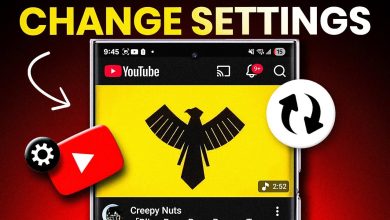SIG P320 Problem—or Holster Setup Fail?

Another day, another headline dragging the SIG P320 through the mud. This time, it’s the Washington State Criminal Justice Training Commission banning the P320 from its academy due to concerns over accidental discharges. Recruits who were issued the striker-fired SIG are now being handed loaner guns for firearms training.
Unless you’ve been living under a rock—or purposefully tuned out the noise—you’ve probably seen the P320 lawsuits, user complaints, and media blitzes. Considering the P320 is the U.S. military’s standard sidearm and one of the top-selling pistols in the country, controversy was inevitable.
But is it really about the gun? Or are we ignoring something bigger?
Holster Mishap or Firearm Flaw?
Seattle’s KING-5 News recently covered an incident involving a sheriff’s deputy responding to a call involving an emotionally disturbed individual. During the takedown, a round discharged from the deputy’s holstered P320. No injuries, fortunately.
But here’s where it gets weird: the agency claimed the discharge was caused by a loose handcuff arm getting into the trigger guard while still holstered.
You read that right.
The holster in question was fitted for a weapon-mounted light, which inherently adds bulk and leaves a wider opening. That extra room between the gun and the holster mouth? It’s an invitation. Whether it’s a cuff arm, zipper pull, drawstring, or even a suspect’s finger during a scuffle, you’ve now got a clear path to the trigger.
We’re not looking at a design defect. We’re looking at a setup fail.
Too Much Gear, Not Enough Thought
This isn’t an isolated issue. Any modern striker-fired handgun can be vulnerable in an improperly designed or overly spacious holster. The more gear you strap onto a gun—lights, lasers, extended controls—the more space you create for Murphy’s Law to strike.
Many departments jumped on the accessory rail train without considering the second- and third-order effects. When asked why every officer wasn’t issued a weapon light, one agency responded, “Someone’s going to use it to rummage around inside a car during a traffic stop… or to read a driver’s license.”
Ridiculous, right? Wrong. It happened.
The Weapon Light Debate
Let’s be real—weapon lights have a place. But that place might not be every officer’s hip or every civilian’s concealed carry rig. There’s a reason many shooters still prefer a powerful handheld for general use: more control, safer usage, and no need to muzzle-sweep everything in your field of view just to illuminate it.
Need a light on a long gun? Absolutely. You’ve got both hands on the gun and need positive target ID. But again—discipline matters. A light is still attached to a weapon. Treat it accordingly.
The Bigger Picture: Setup Matters
This controversy shouldn’t be centered on SIG’s P320 alone. It should trigger a serious conversation about holster design, gear selection, and retention considerations.
If your current holster setup allows foreign objects—or body parts—to reach the trigger, that’s not a pistol problem. That’s a training and equipment problem. Full stop.
Striker-fired handguns, including the P320, GLOCKs, and countless others, rely on proper handling, proper gear, and proper training.
Slap a light on the front, use a loose-fitting or low-retention holster, then wrestle with a suspect? You’re asking for trouble.
Final Thoughts
Before we pile on another “bad gun” headline, let’s ask the harder question: Are we expecting too much from our firearms and not enough from our setups?
Holsters need to be purpose-built for the exact gun-light combo you’re running. They need to protect the trigger guard—period. No excuses.
Blaming SIG alone for these incidents distracts from a wider issue affecting all modern duty and carry pistols. It’s not just about the gun.
It’s about the total system—gun, holster, gear, and user.
Read the full article here








